Specialised Topic: CISDI’s energy conservation and green tech expertise
Date:2020/6/29 Source: CISDI
CISDI are experts in industrial waste control and energy conservation, which enable steel companies across the world to create high-quality green developments.
Its technologies for the recycling of gas and solid waste and achieving zero liquid discharge have created green credentials for major projects in China and overseas.
CISDI’s intelligent environmental protection expertise and Environmental Butler services have helped enterprises succeed in their environmental impact assessments.
CISDI’s demo projects are detailed below:
✧ Fe-bearing solid waste treatment centre for China’s Baowu Zhanjiang Steel
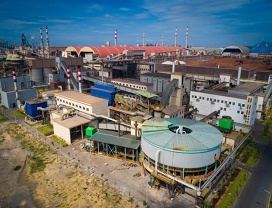
A world first, Zhanjiang Steel’s solid waste treatment centre has solved the long-standing problem of dedusting ashes produced by the blast furnace, and the OG sludge waste left from the steelmaking process.
These solid wastes are now treated within the steel plant and will never be discharged. The RHF’s operations indicators are now world-class, with a dezincification rate of 85-90 per cent.
This has been enabled via CISDI’s rotary hearth furnace expertise.
A total of 50-plus core process and equipment patents have been granted to CISDI’s inventions for RHFs.
✧ Zn-bearing solid waste treatment centre for China’s Shougang Jingtang Steel
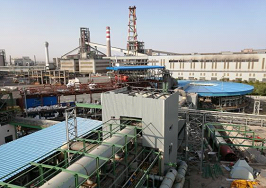
CISDI’s RHF technology has enabled Shougang Jingtang Steel to become a cleaner and more profitable operation.
The centre’s RHF is now effectively transforming the Zinc-bearing dusts and sludge produced on-site into high-quality metallised pellets with a low content of harmful zinc and lead.
The metallised pellets are then recycled into the blast furnace ironmaking process. Due to their low zinc content, the pellets result in a smoother-running furnace with a longer-campaign life.
The plant’s treatment centre has an annual treatment capacity of 300,000 tonnes.
✧ Fe-bearing waste-to-energy centre for China’s Baosteel Shanghai
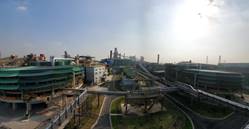
Baosteel Shanghai’s waste-to-energy centre is designed to recycle iron and zinc and other valuable elements.
It can recover around 20,000 tonnes of crude zinc oxide powder, 220,000 tonnes of iron and 350,000 tonnes of steam a year.
In addition, zinc-bearing dusts from the electric arc furnace are also treated. Pollution to water and soil in the local environment will never occur and remarkable economic and environmental benefits are being realised.
✧ LDG holder for China’s Baowu Zhanjiang
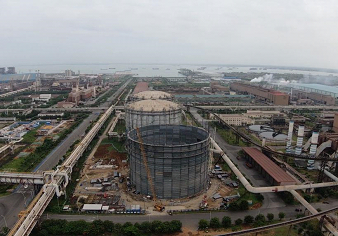
A new LDG holder is being built for Zhanjiang Steel’s BF3 programme. In a volume of 120,000 cubic metres, the gas holder is of a one-stage Wiggins/PRC type, featuring a constant pressure, zero emissions and zero utilities consumption.
It will be operating alongside the two existing LDG holders at Zhanjiang Steel and a full recovery of LDG will be achieved.
✧ COG holder for Turkey’s Isdemir Steel
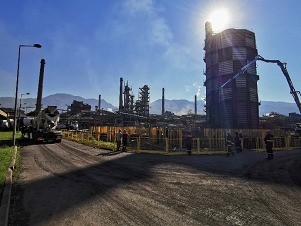
CISDI’s IIPR-based, POC gas holder technology has been applied at the Isdemir Steel Plant.
The gas holder is being widely used to store coke oven gas.
Many positive results have been achieved, including a higher storage pressure, a better-performing seal with an extended service life, a more stable piston operation with a faster rising speed, and reduced operation and maintenance costs.
Substantial energy savings will be achieved, along with zero coke oven gas emissions.
✧ BFG dry dedusting for China’s Fujian Sanbao Steel
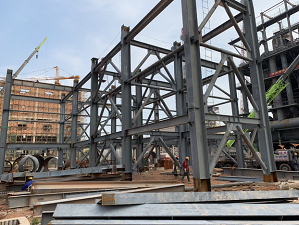
Bag filters for dry dedusting are being built at the plant to give greater dedusting efficiency and longer service life.
This dry system does not require a water treatment facility, which removes the waste water and sludge pollution issues experienced by plants with wet systems.
✧ Wet electrostatic precipitator for China’s TISCO BOF
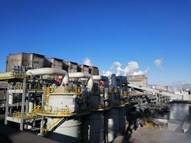
Ultra-low emissions are being achieved by TISCO’s BOF primary dedusting system.
The system’s IIPR-based technology has reduced OG sludge from the BOF and outlet dust concentration is less than 10mg per cubic metre.
✧ Kiln offgas DeNOx for China’s Rizhao Steel
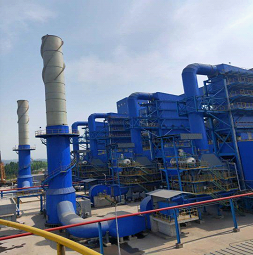
CISDI’s total dedusting and DeNOx solutions have enabled Rizhao Steel to meet Ultra Low Emissions for particles and nitrogen oxide.
This high-performing dedusting and DeNOx system covers a small footprint, runs stably and gains a lot from cost-effective installations and low energy consumptions.
✧ ZLD for China’s Baowu Zhanjiang
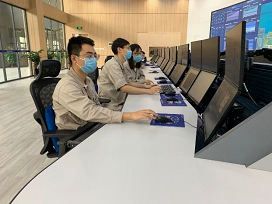
CISDI and Zhanjiang Steel have built the world’s first integrated, centralised water control platform which services the entire steel plant.
Since its start-up in October 2019, the platform has created huge economic and environmental values for Zhanjiang Steel – a 1.5 cubic metre of outsourced fresh water consumption per tonne of slab, maximum recycling of waste water and a zero liquid discharge.
It is innovative on many levels:
Collected rainwater and water created by desalination of seawater can supply 66 per cent of the plant’s fresh water requirements.
The rainwater collection system has reduced water costs by more than $2.82 million.
Zhanjiang Steel’s own power plant is cooled by seawater. Dead steam is used to produce pure water. It enables a combined water and power process.
Production waste water is recovered, treated and used as fire control water.
Brine from the desalination system is evaporated and crystallised into industrial salts.
✧ ZLD for Hebei Jingye Group
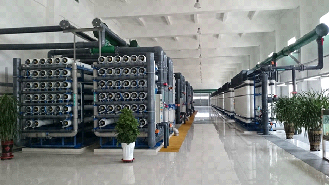
CISDI’s multiple critical pre-treatment and deep processing expertise has enabled the entire Jingye Steel Plant to operate with zero waste water discharge. All water resources are fully recycled.
Daily fresh water consumption is 30,000 tonnes less than before and each day, 36,000 tonnes of waste water is recycled.
All brine created from the process is used for blast furnace slag granulation and slag smothering during steelmaking.
✧ Sludge treatment for China’s Baowu Zhanjiang
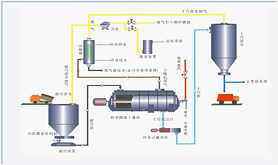
CISDI has built China’s first sludge treatment system for Zhanjiang Steel.
As a result, the plant has achieved its target of zero solid waste discharge, reduced its waste-to-energy requirements and reaped tangible social and environmental benefits.
Low-grade waste sludge is now collected, sorted, dried and treated for safe disposal or reuse.


